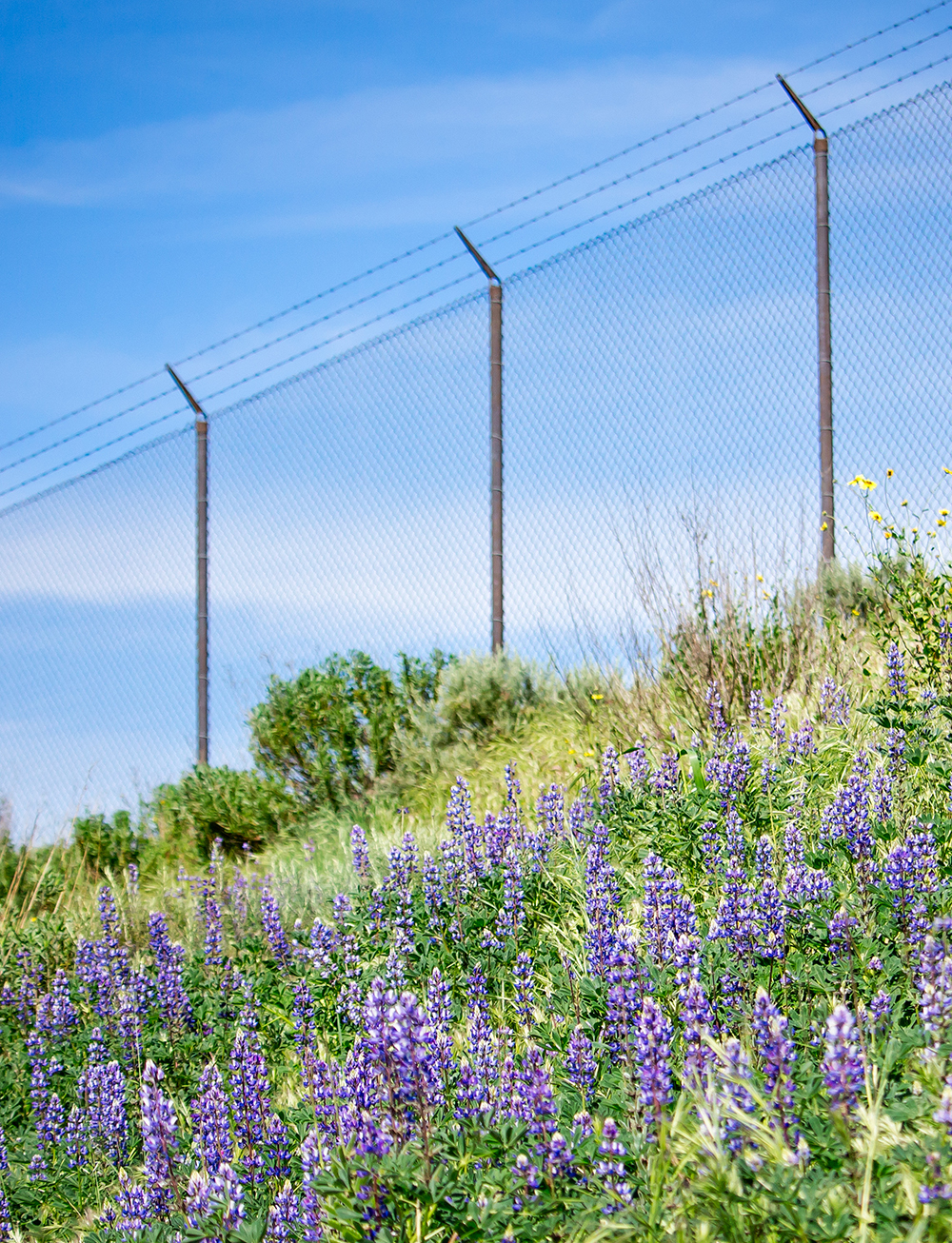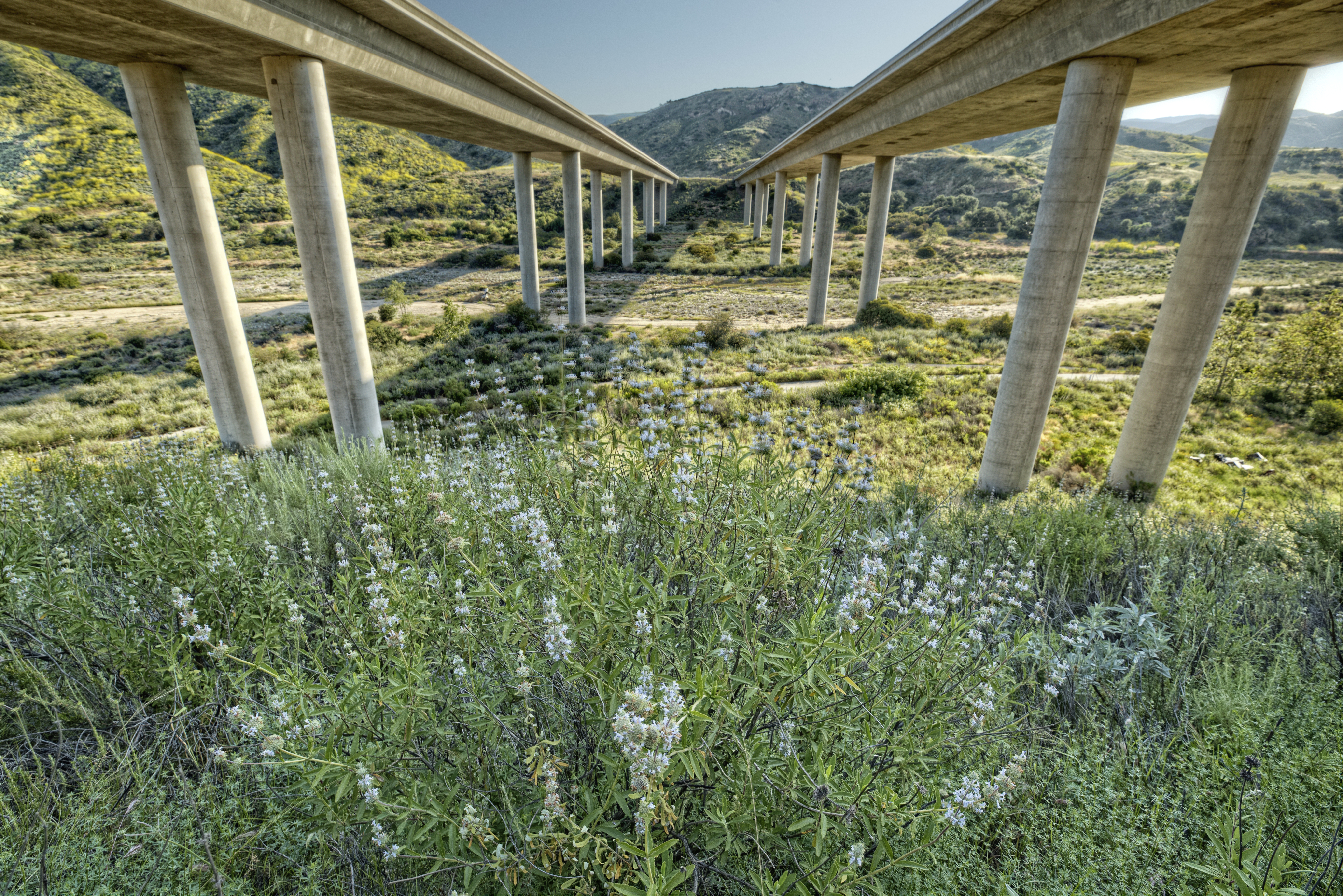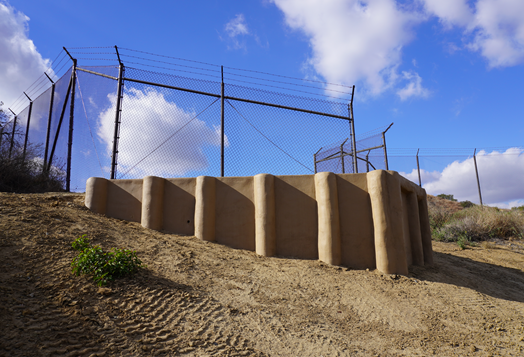Our Mission to Protect Wildlife
Here at The Toll Roads, we are known for our reliable commutes and scenic views. But what many people may not know is that from the start, the roads were built with wildlife in mind.
When The Toll Roads were designed in the late 1980s, our engineers took the initiative to ensure the construction did not hinder the ability of local wildlife to move through corridors adjacent to the roads.
Wildlife Protection Fencing
In partnership with the University of California, Davis, Karen C. Drayer Wildlife Health Center (The Health Center), the California Department of Transportation (Caltrans) and the United States Fish and Wildlife Service, the Foothill/Eastern Transportation Corridor Agency (F/ETCA) developed a fence program that resulted in the completed installation of 12 miles of wildlife protection fence along the 241 Toll Road in 2016.
The nationally recognized, award-winning Wildlife Protection Fence guides animals to existing wildlife bridge and culvert undercrossings that allow protected passage to open spaces on either side of the road. It is also equipped with periodic jump-out ramps to provide animals with access back into open space should they inadvertently end up on the roadside of the fence. To increase their effectiveness, jump-out ramps are built low enough for animals to safely jump down off, but high enough to discourage them from climbing over onto the road.
The wildlife protection fencing has worked exceptionally well in combination with the animal undercrossings that were constructed with the roads. The success of the fence in protecting wildlife and road users has generated both national and international recognition, receiving multiple awards.


Undercrossings for Safe Passage
Along the roads, you’ll find more than 60 wildlife undercrossings, bridges and culverts that allow for connectivity of the landscape utilized by wildlife in the area. These undercrossings and the surrounding areas are monitored with strategically placed motion-sensor cameras to document how wildlife use the undercrossings.
Ready to learn more about the ways we protect wildlife? Visit our links below.
Jump-Out Ramps for Wildlife
What happens if mountain lions or other wildlife finds themselves on The Toll Roads? Special jump-out ramps have been installed to provide a safe way out, but do not allow animals to get on the road due to the design and height.
With jump-out ramps, animals can safely jump away from the roadway, and toward their natural habitat. The ramps are strategically located every half mile along The Toll Roads' fencing.
To increase effectiveness, jump-out ramps are built low enough for animals to safely jump down off of, but high enough to discourage them from jumping or climbing over onto the road.
